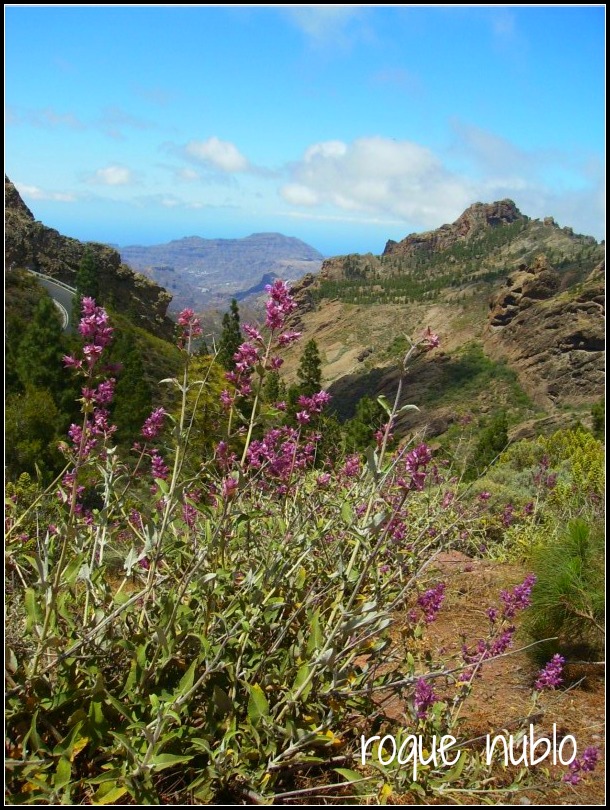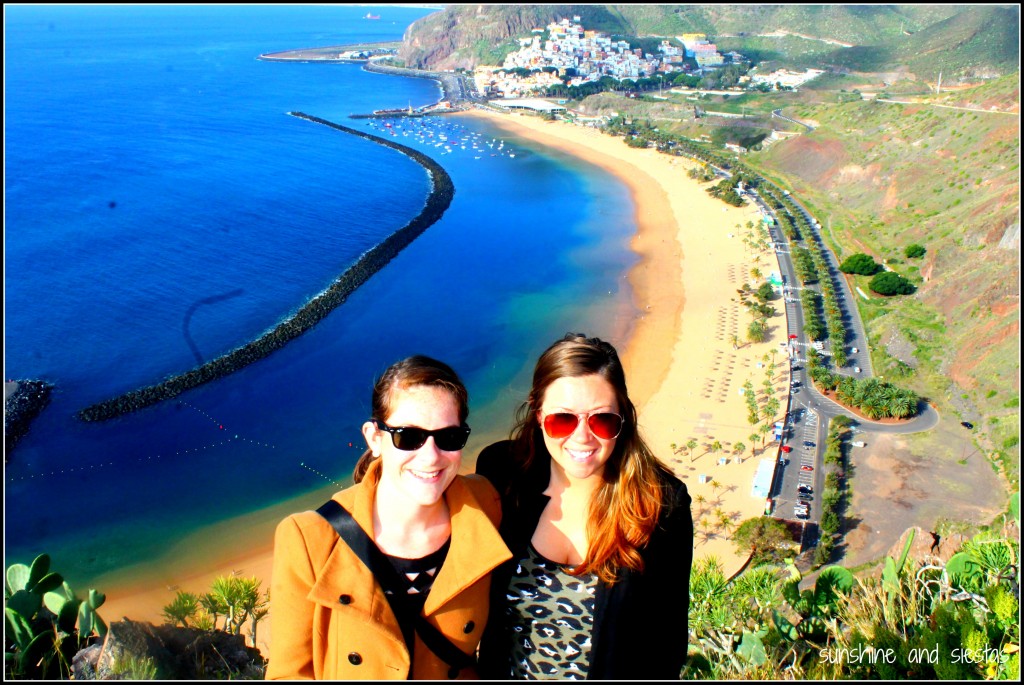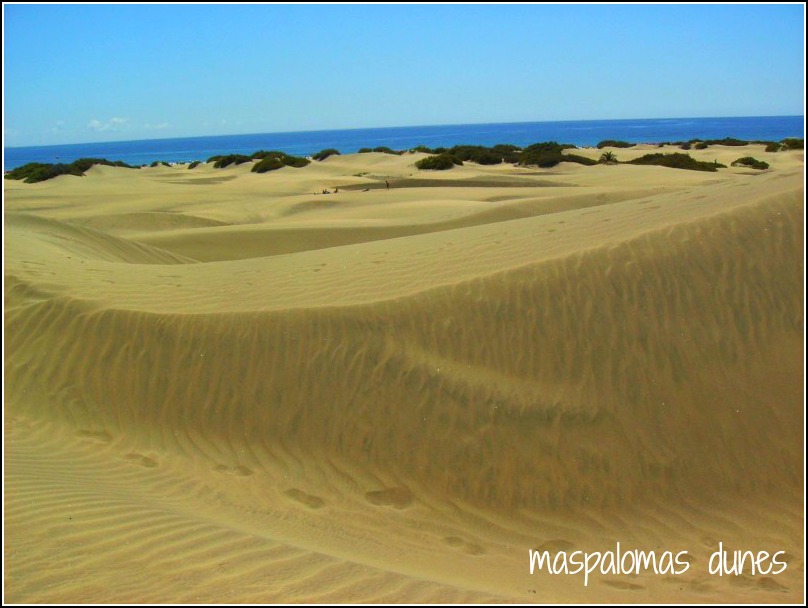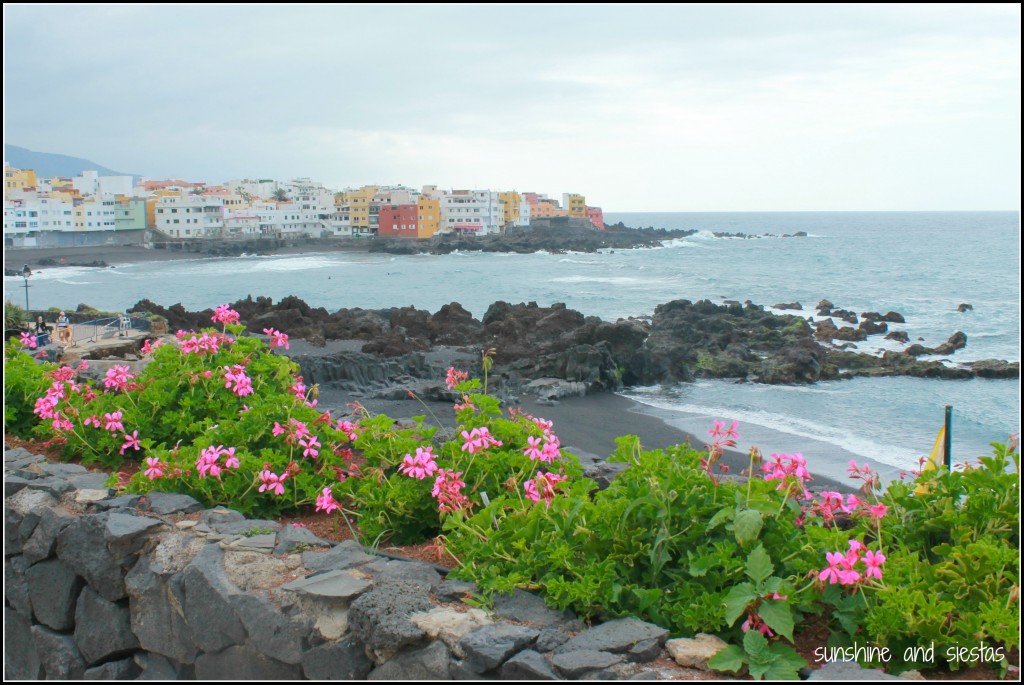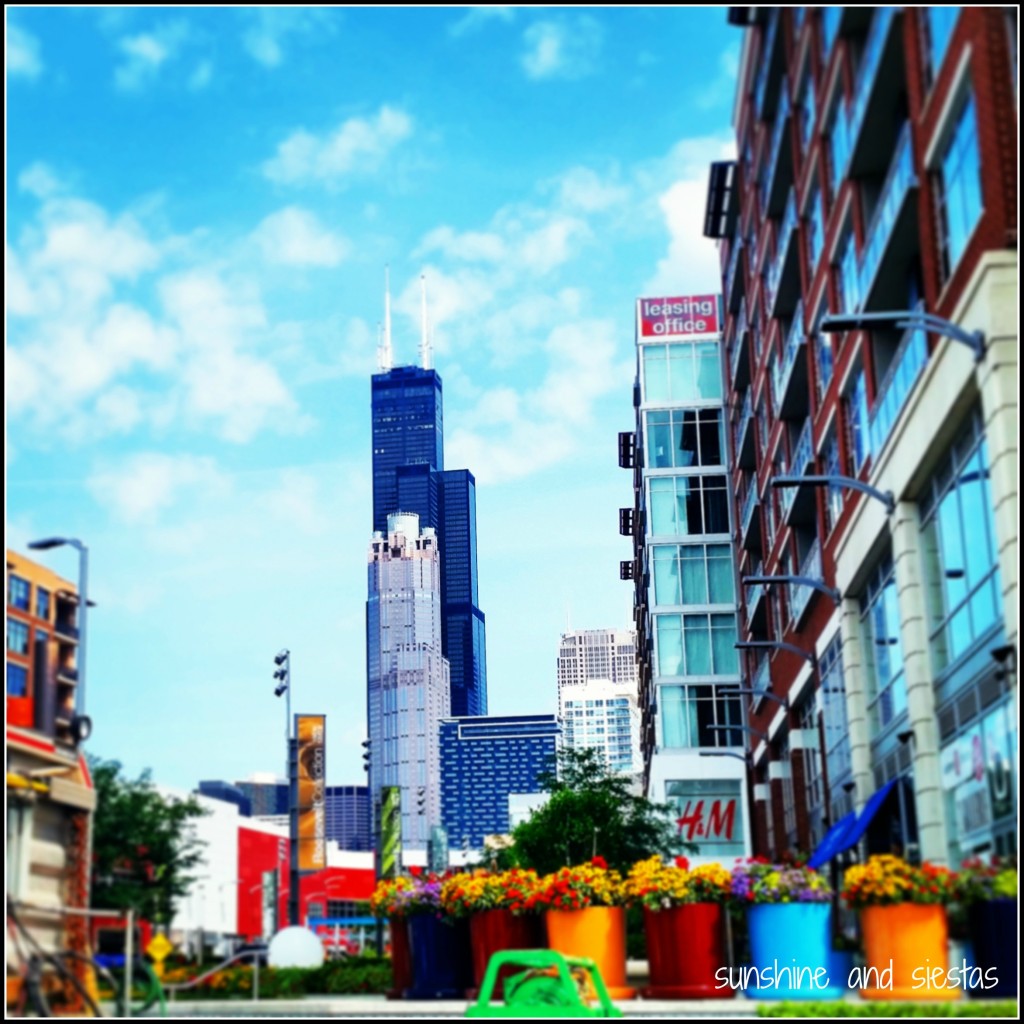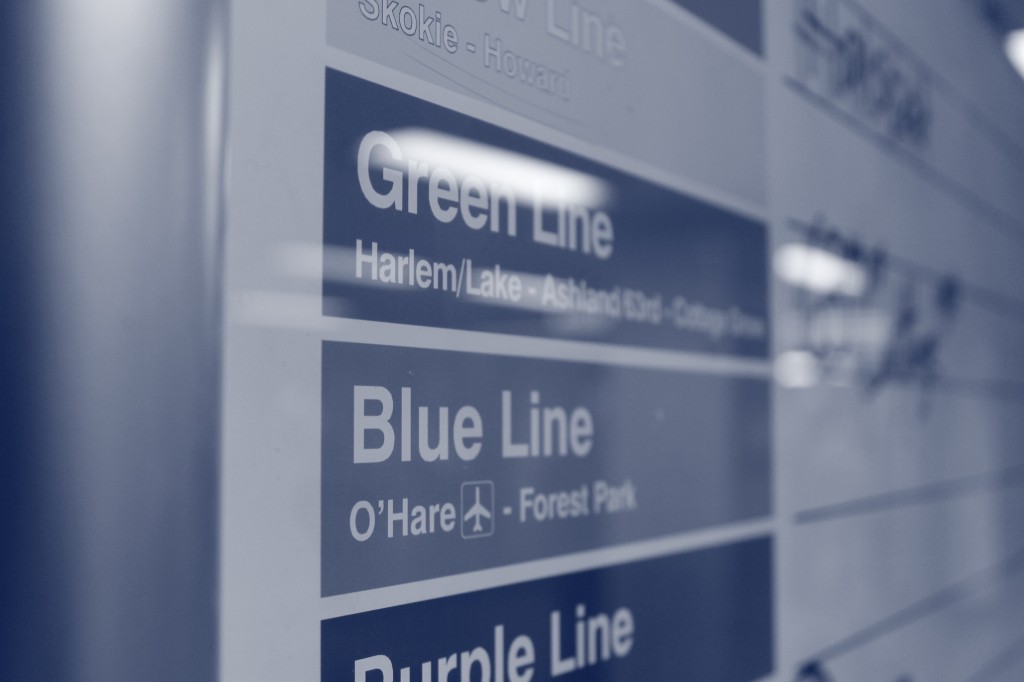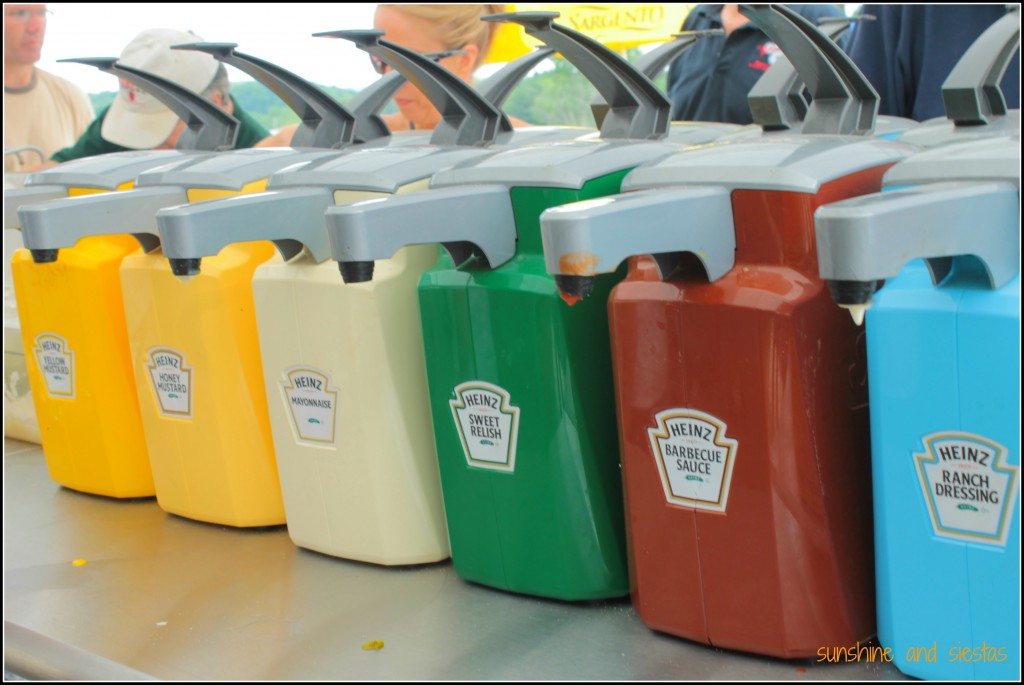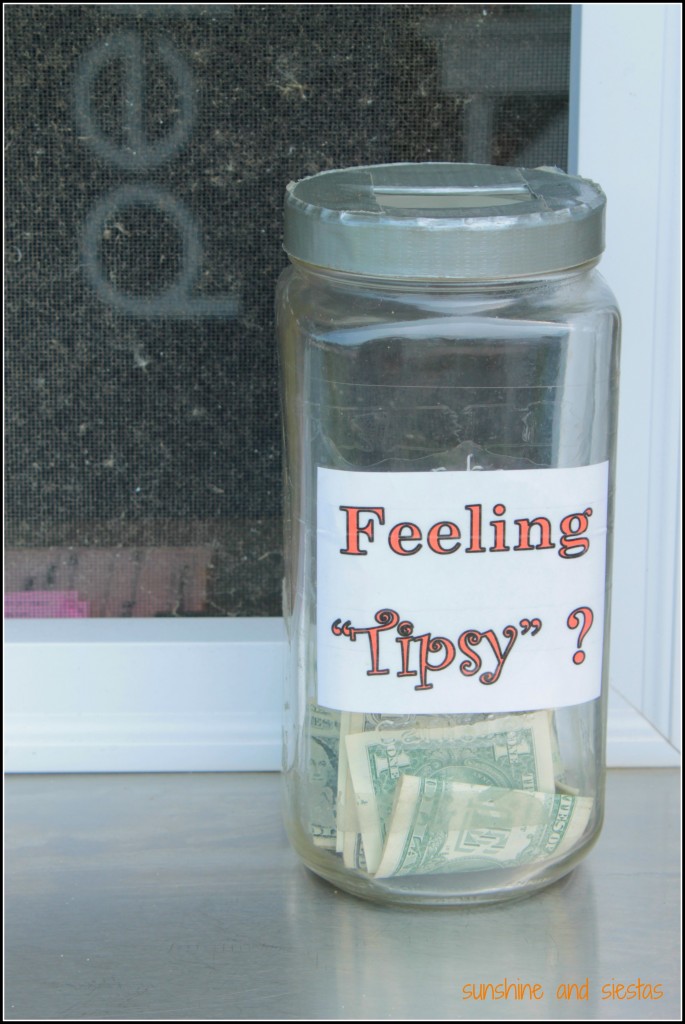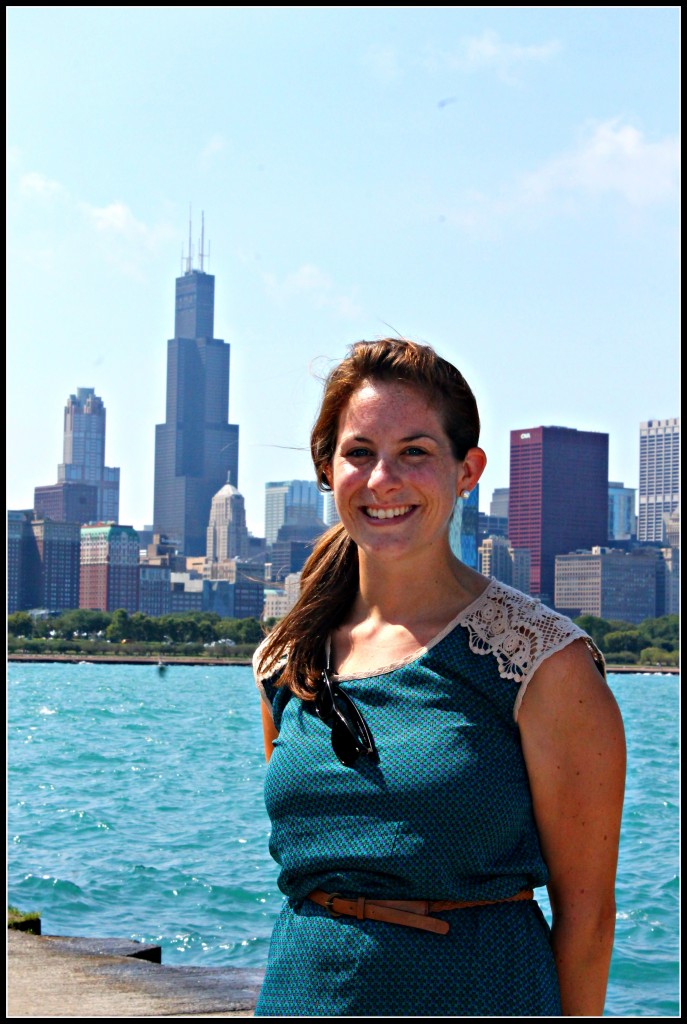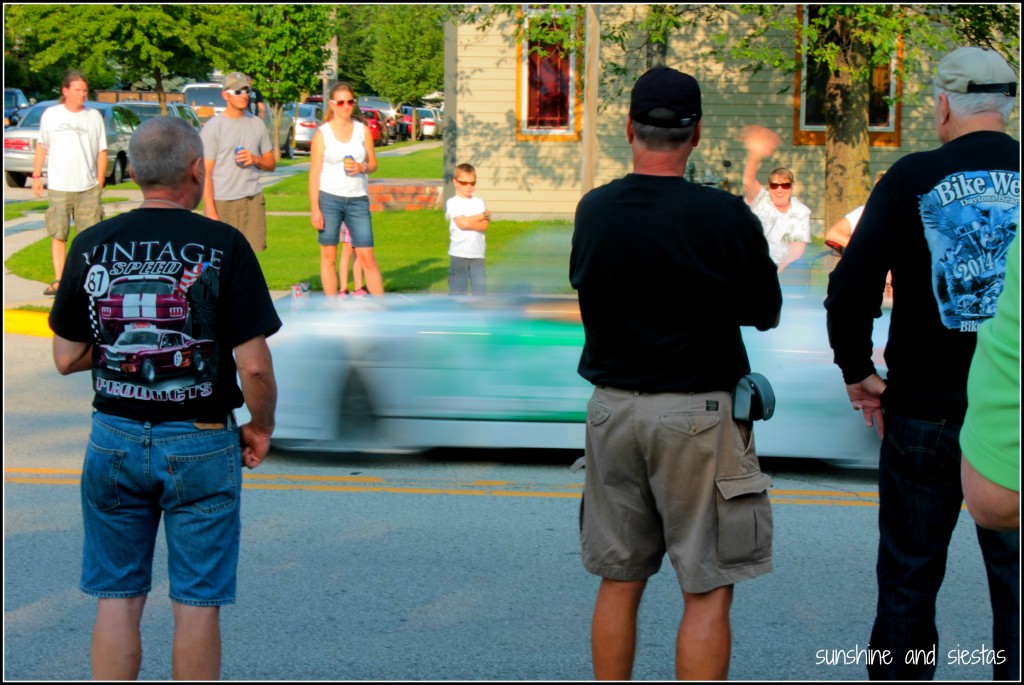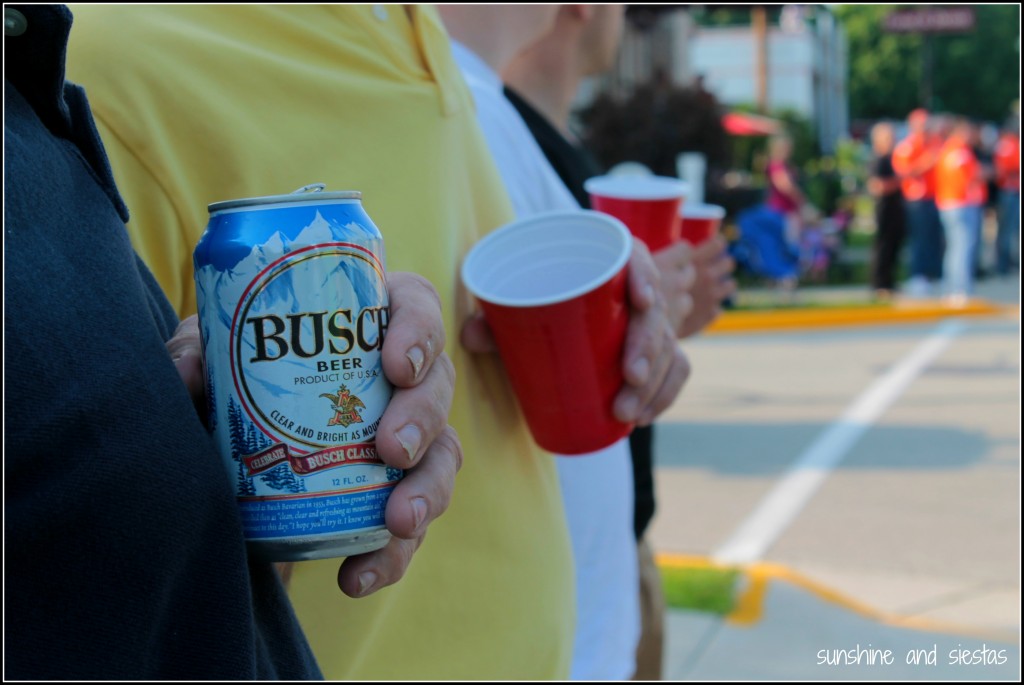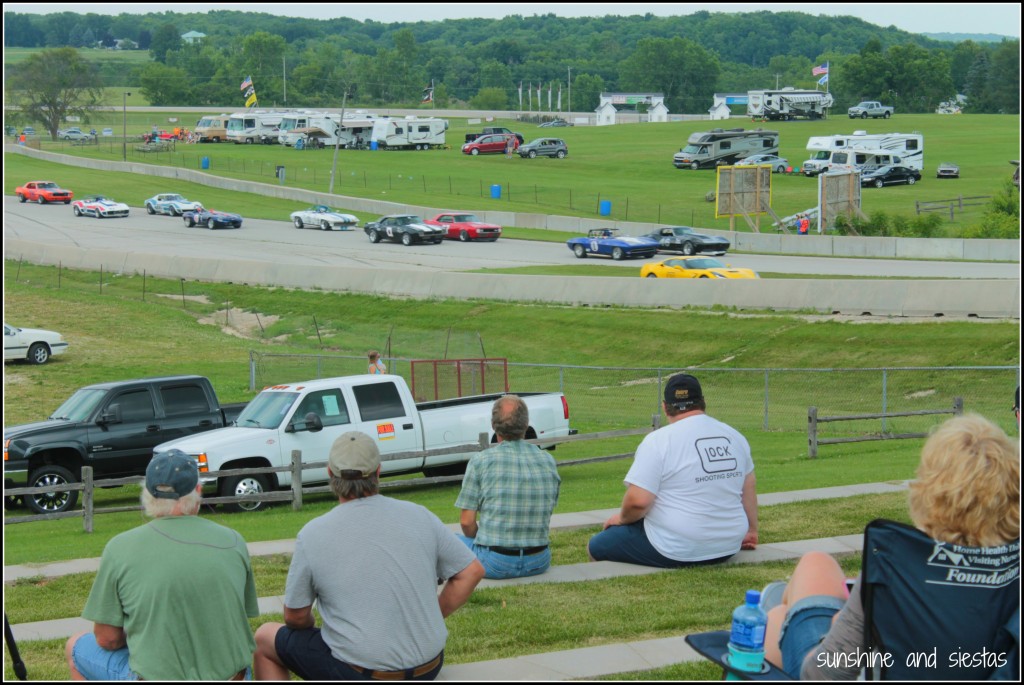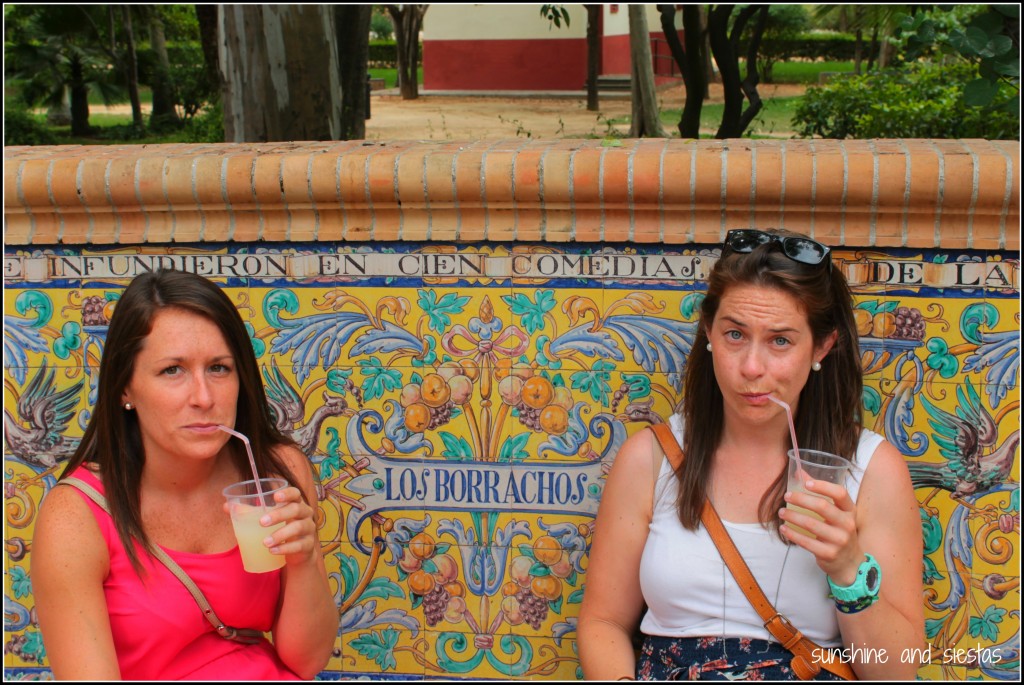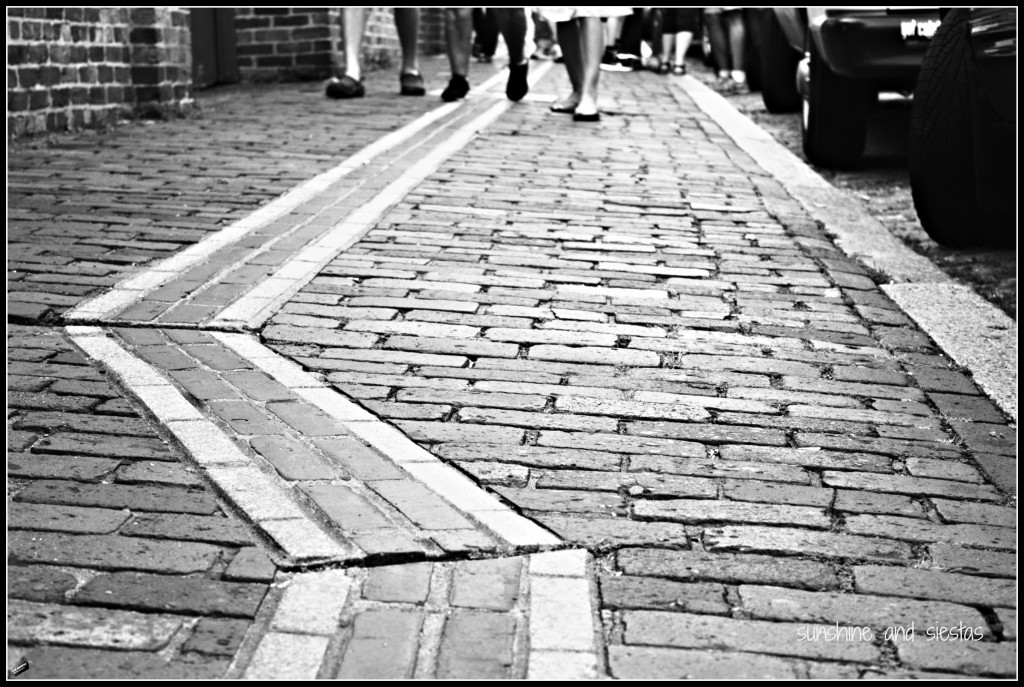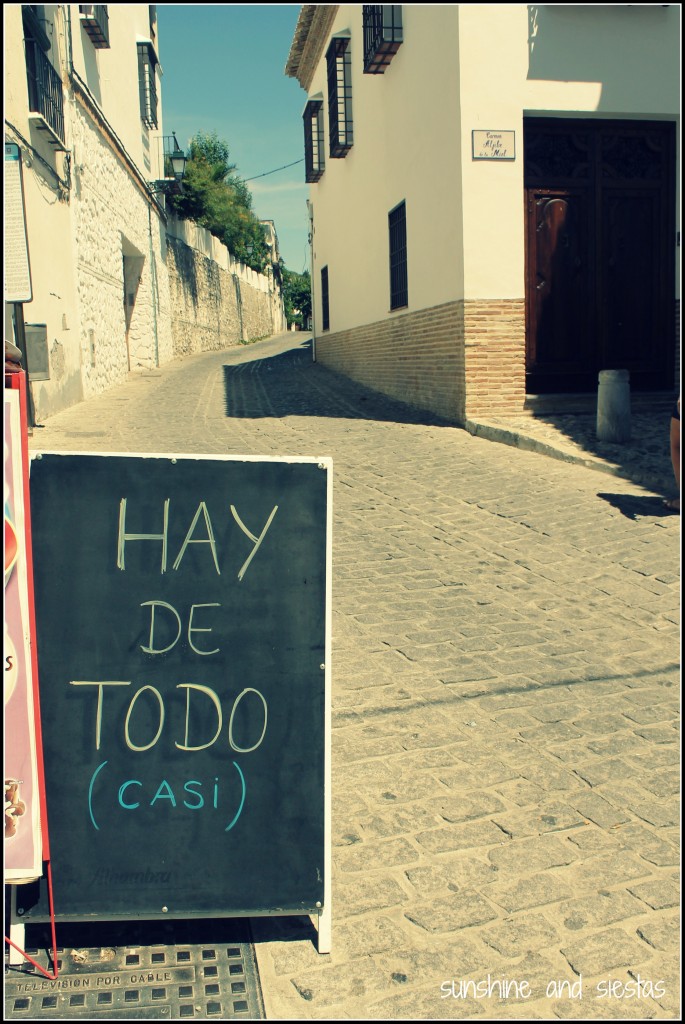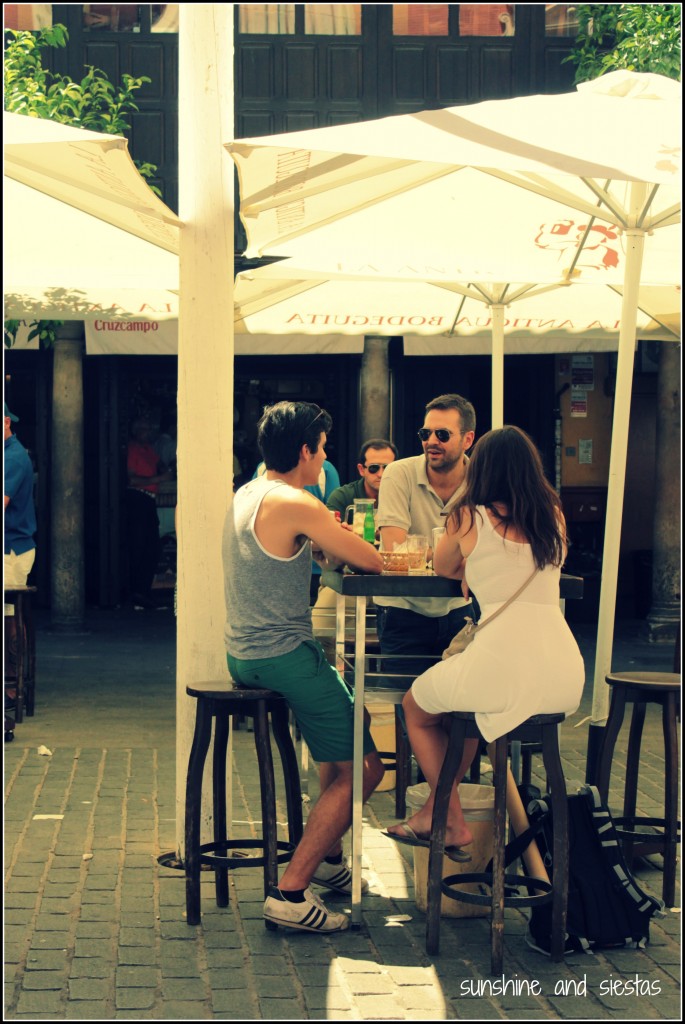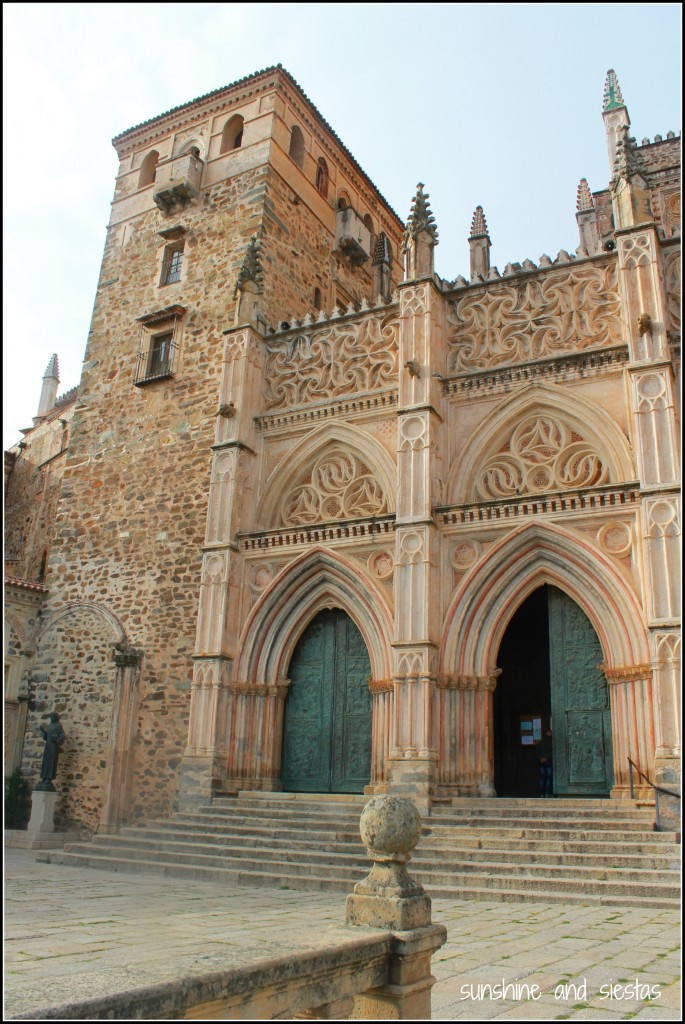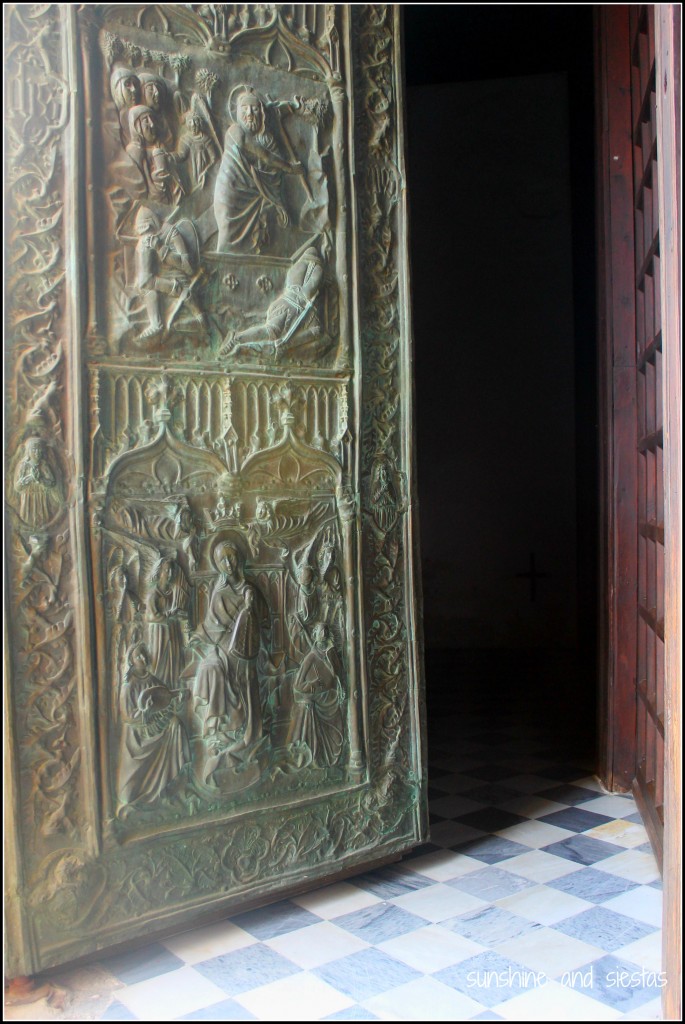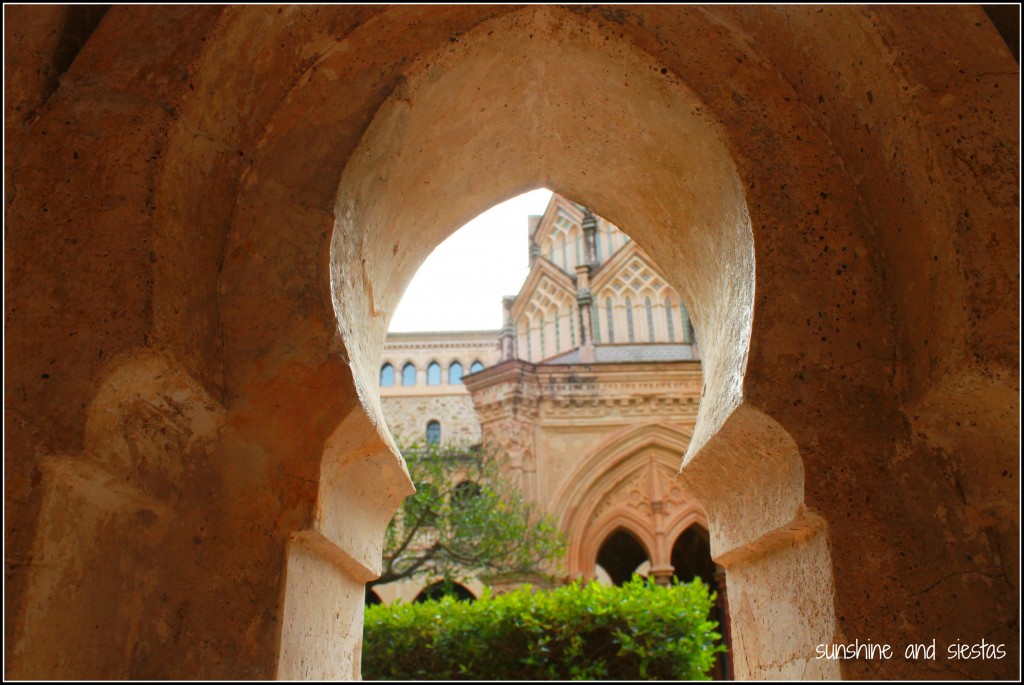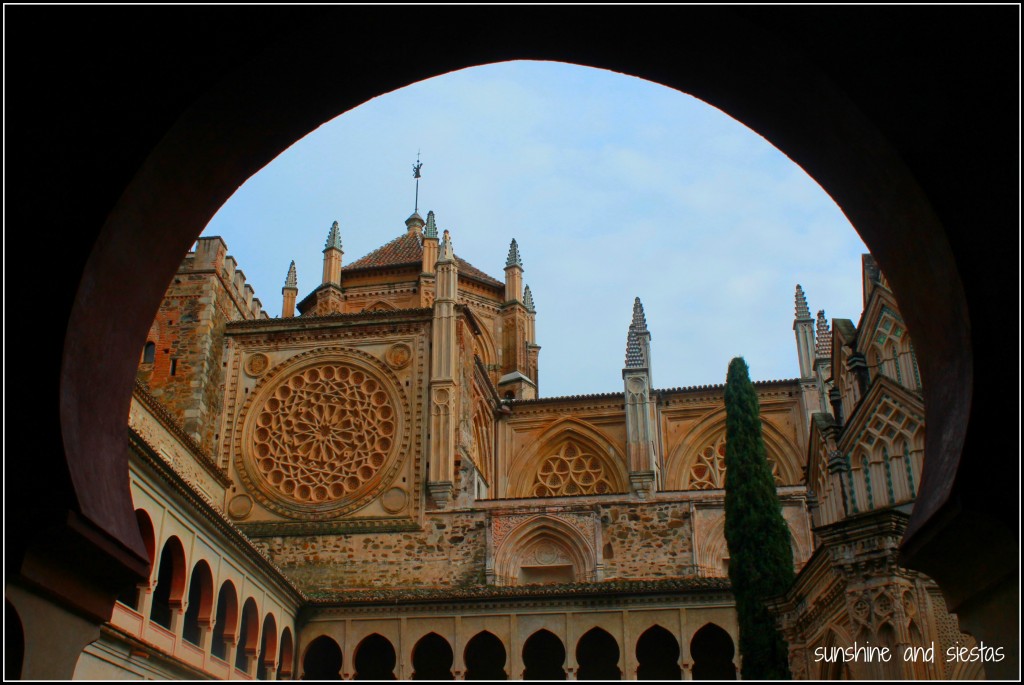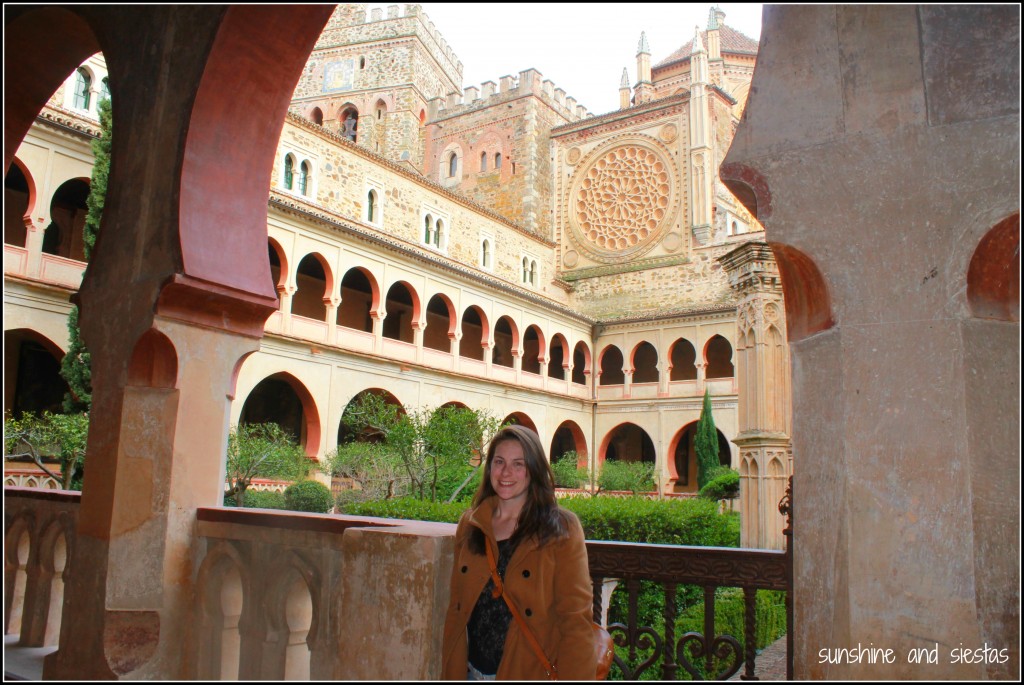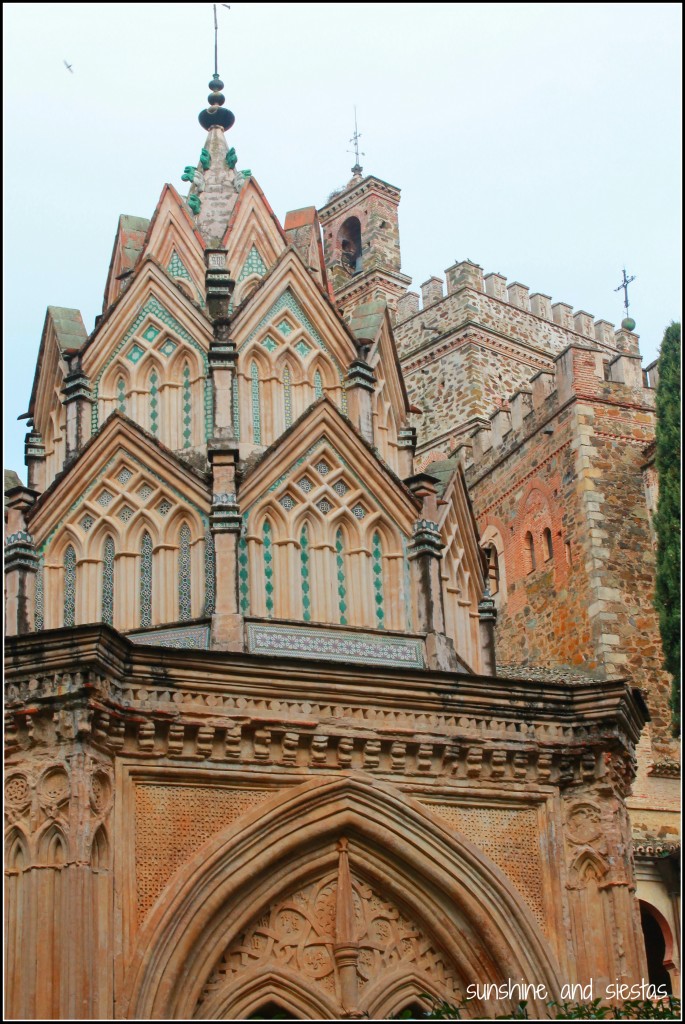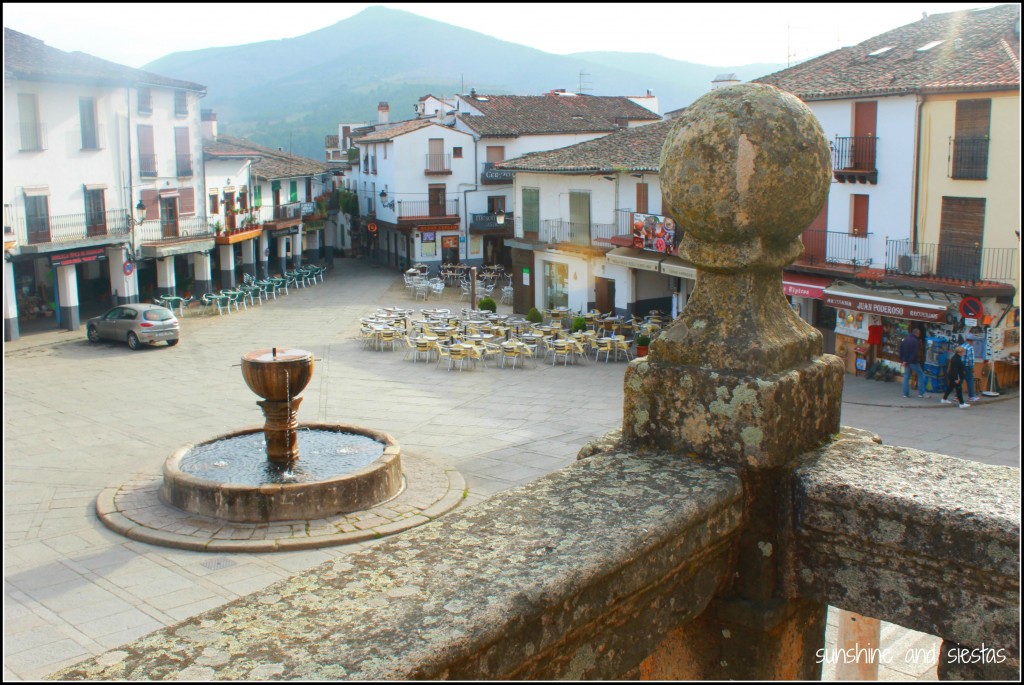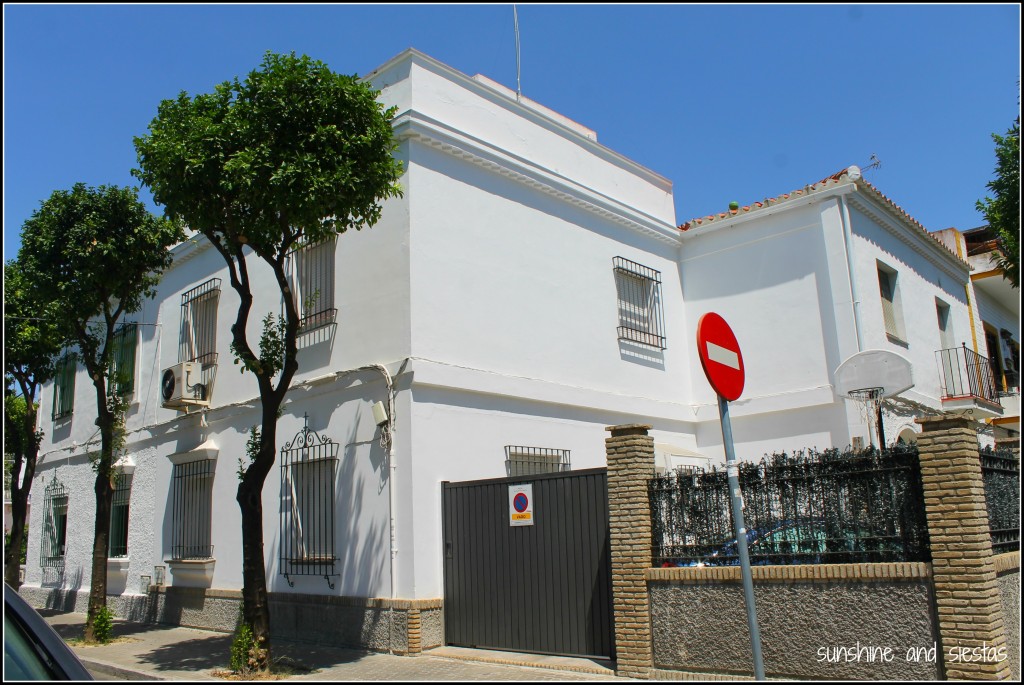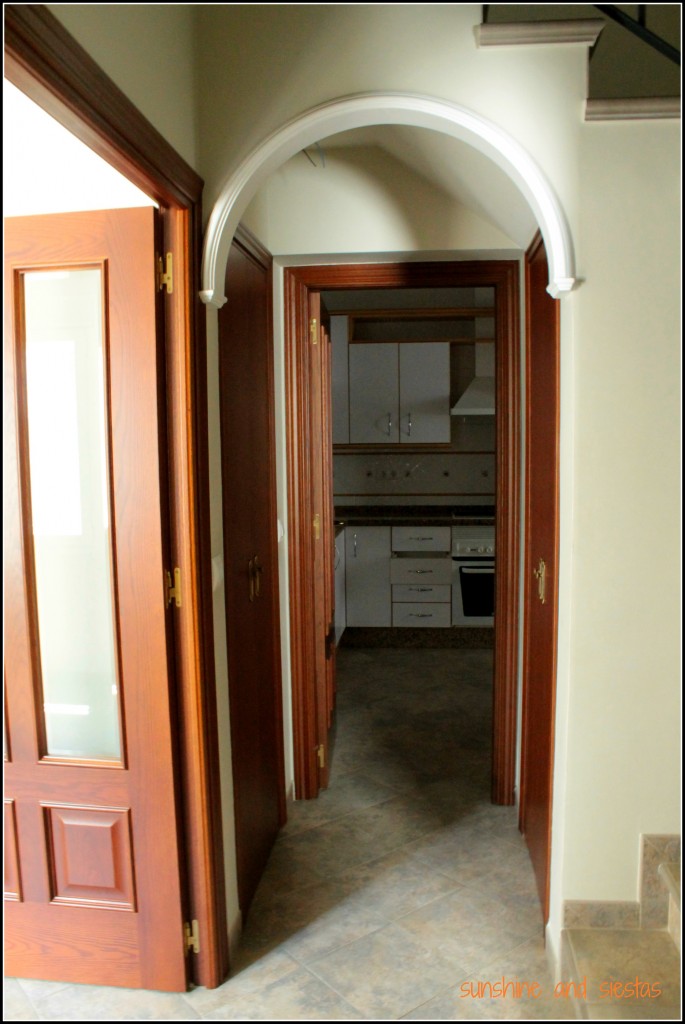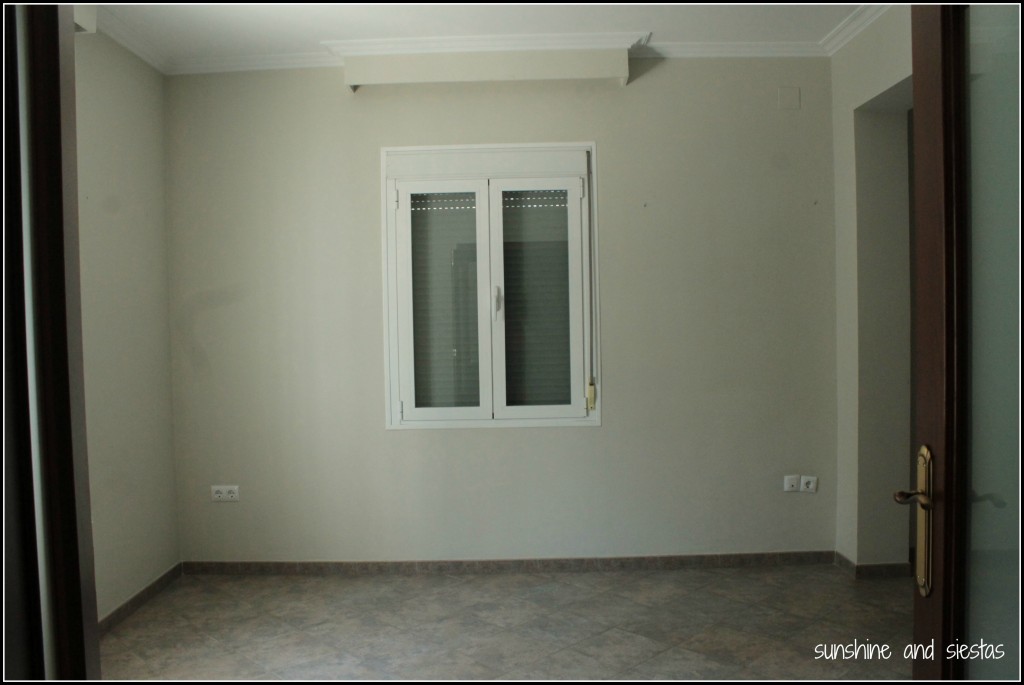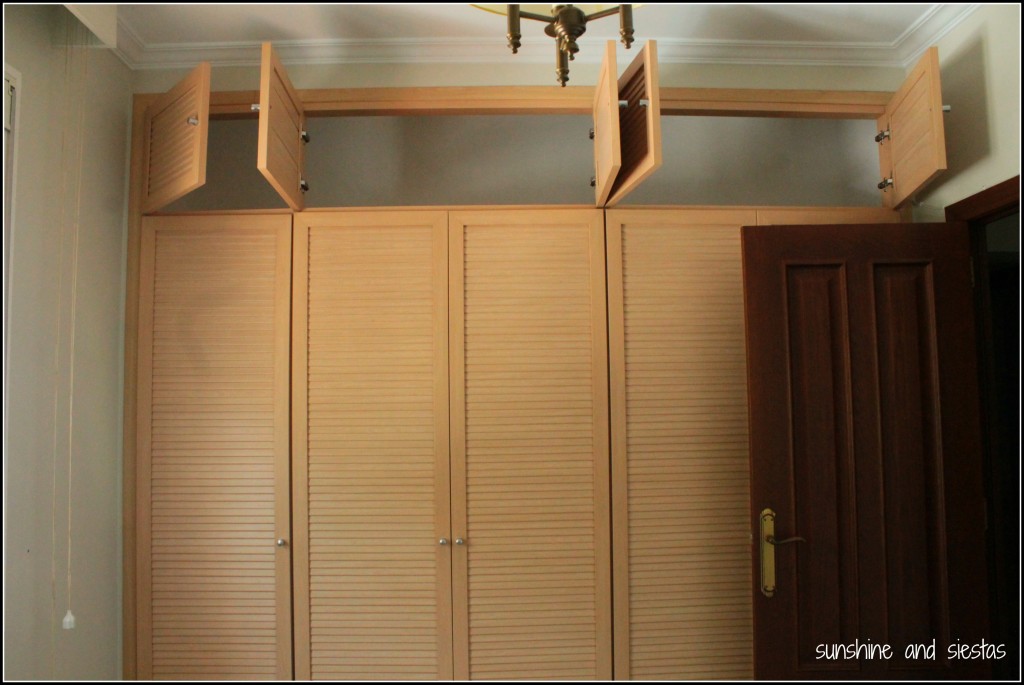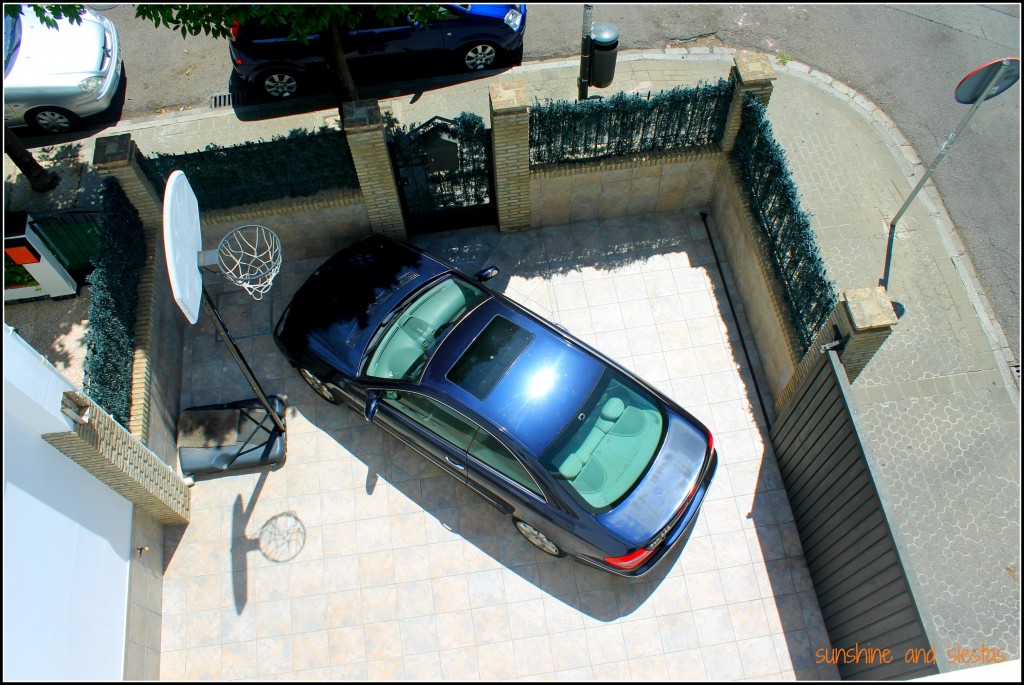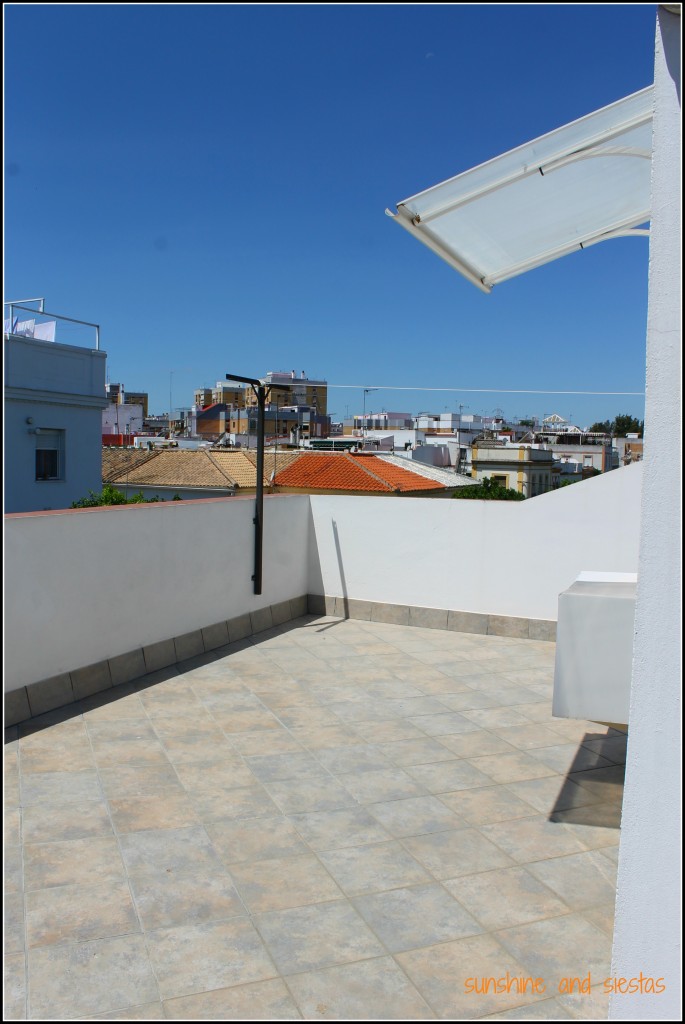Not one to make travel goals, I did make one when coming to Spain: visit all 17 autonomous communities at least once before going home. While Madrid, Barcelona and Seville are the stars of the tourist dollar show (and my hard-earned euros, let’s not kid around here), I am a champion for Spain’s little-known towns and regions. Having a global view of this country has come through living in Andalucía, working in Galicia and studying in Castilla y León, plus extensive travel throughout Spain.
When the Novio asked if it would be ok if he took me to a wedding on Gran Canaria island, I started looking for flights before I even agreed. Located off of the coast of Africa, this archipelago is comprised of a dozen islands, has two capitals and is famous for being a holiday maker’s paradise.
As we drove around Gran Canary on an amazing road trip, dined on fresh seafood and I attended my first Spanish wedding, I almost forgot that most of the people we met or who served us spoke English. Six years later, I was on a Tenerife road trip with locals, exploring caverns, colonial cities and Spain’s highest peak.
The islands are definitely Spanish while retaining a little bit of a wild heart.
Name: Islas Canarias
Population: 2.1 million, the majority of whom are on Tenerife and Gran Canaria
Provinces: The Canaries consist of seven main islands: and Tenerife in the Santa Cruz de Tenerife province; and Gran Canaria in the Las Palmas de Gran Canaria province. What other autonomous region can boast two regional capitals?!
When: 11th of 17 regions, June 2008
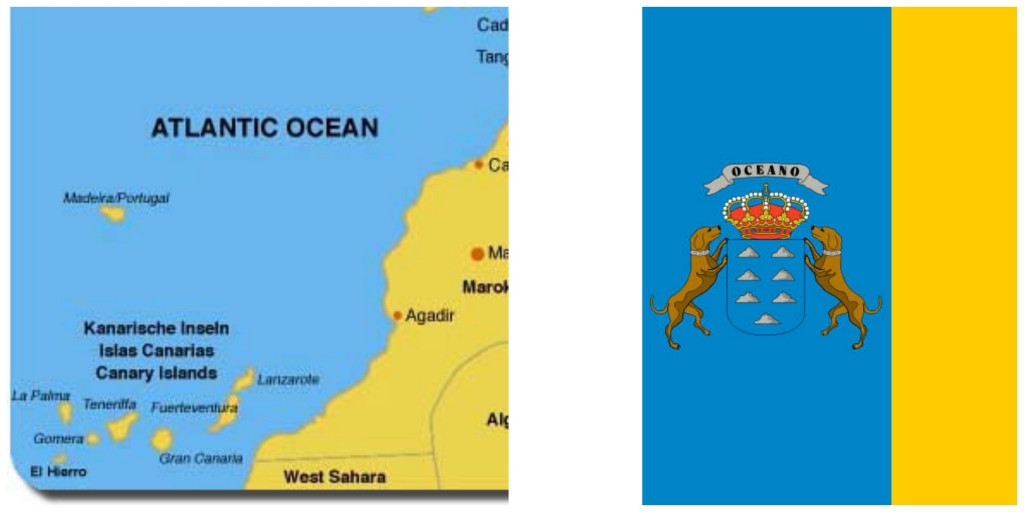 About: The islands’ name is said to be derived from the population of monk seals that once inhabited the islands. Volcanic eruptions led to the formation of the seven inhabited islands and five smaller islands less than 100 kilometers off the coast of Morocco, which are believed to have been inhabited from the Roman times, or perhaps earlier by aboriginals once called guanches.
About: The islands’ name is said to be derived from the population of monk seals that once inhabited the islands. Volcanic eruptions led to the formation of the seven inhabited islands and five smaller islands less than 100 kilometers off the coast of Morocco, which are believed to have been inhabited from the Roman times, or perhaps earlier by aboriginals once called guanches.
Thanks to its strategic positioning, the islands have served as an outpost for explorers (including Columbus), mission bases for galleons and fleets and pirate hideouts. The islands were colonized by the Castillian crown in the early 15th century, and the autonomy gained status as one of Spain’s 17 in the early 1980s. Nowadays, sugar and bananas are huge exports, and small pockets of immigrants from the mainland, Europe and northern Africa make the islands an interesting cultural melting pot.
Must-sees: The big draw to the Canarias is the sun – the islands get more sunny days and a more stable climate than any other place in Spain. So there’s the beach, the sand and the sun, which is why droves of budget flights congregate in the two largest airports in the archipelago, Tenerife Sur and Gran Canaria. In fact, I flew for free to Tenerife earlier this year! Lanzarote also draws those with a love of hiking and adventure sports.
On my first visit, we spent time on Gran Canaria, hitting the capital, the touristy southern resort towns of the island like Maspalomas, Playa de los Ingleses and Puerto Mogán and the northern gems of Arucas and Agaete before visiting the central mountains of this near-circular island.
My long weekend in Tenerife was full of adventure – from the guachinches to scaling Mount Teide, Spain’s highest point. While the southern part of the islands draws the sun seekers and the cruise ships, the north is a bit more local and untamed, as well as wallet-friendly. The cliffs are just as dramatic as I’d expect them to be on the other islands, which are far less touristy.
Undoubtedly, what stands out about the islands is the biodiversity, from marine life to plants. The islands boast four national parks, a number of celebrated canarios and a dedication to preserving the island way of life. I was shocked to see so many local fairs, Canarian kitchens and a pidgin-holed language that uses gua-gua instead of bus or employs whistles.
Oh, and then there’s the Carnival, one of the largest outside of Brazil. And the food – the fresh shellfish, the soft cheeses and the mojo picón-drenched wrinkly potatoes.
My take: I am always a bit hesitant about places that are overly touristy and catered towards those wallets. When the Novio took me to Gran Canaria, we sat on the dunes in Maspalomas, sun bathed on Playa de las Canteras and ate in a British pub. But we also partied at a Spanish wedding in a beautiful church in Arucas and drove to Roque Nublo in the center of the island.
We truly got the best of both worlds – the familiarity of my Anglo world with the charm of an island community, plus the melting pot of so many other languages, cultures and histories. I felt like it was a bridge between my two worlds.
Have you been to the Canary Islands? What would you recommend seeing, eating and doing?
Check out the other regions I’ve highlighted: Andalucía | Aragón | Asturias | Islas Baleares . If you’re looking for other great blogs on the Canaries, don’t miss Gran Canaria Local or Island Momma.
Each month for the next 14, I’ll take a look at Spain’s 17 comunidades autónomas and my travel through them, from A to, um, Valencia. I’d love your take on the good and the bad in each one, so be sure to sign up for my RSS feed to read about each autonomous region at the end of each month! Next up for August is Cantabria.

